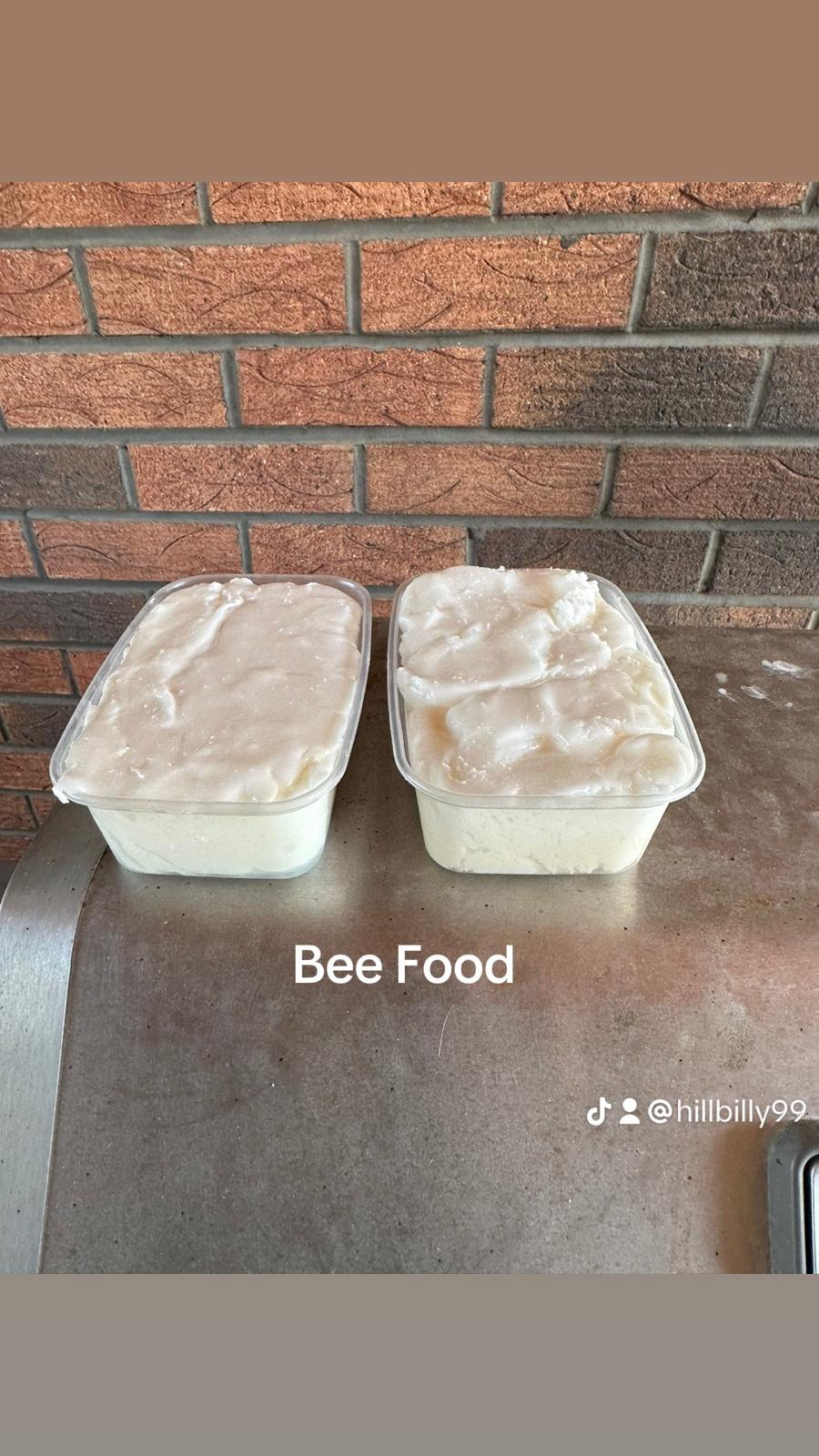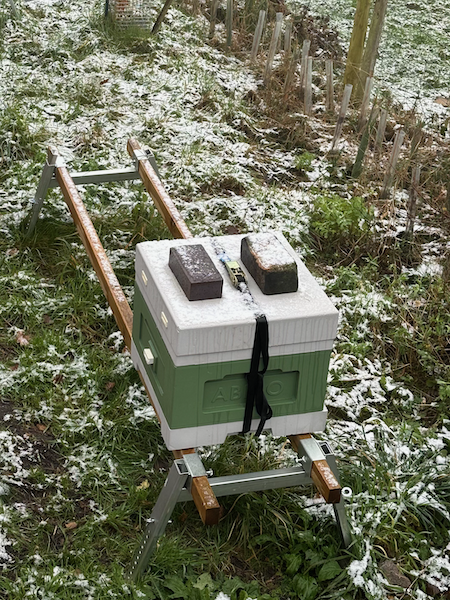Winter Hive Check: Ensuring Your Bees Thrive Through the Cold Months
How Can You Ensure Your Bees Thrive Through the Cold Months During a Winter Hive Check?
As winter settles in, beekeepers have an important responsibility to ensure their hives are properly prepared for the cold months ahead. At Denbee Honey, our focus at this time of year is on checking the weight of our hives to monitor the bees' food stores. This simple but crucial task helps us ensure our colonies are well-fed and can survive through the harsh winter months.
Why We Check Hive Weight
In beekeeping, food stores are essential to the survival of the colony, especially during winter when foraging opportunities are scarce. Bees rely on their stored honey and pollen to survive the cold months, but if the hive runs low on food, the colony could starve. That's why it's vital to regularly check the weight of the hives to assess whether they have enough reserves.
To check the hives, we perform a method called hefting. This involves gently lifting the hive with our four fingers to gauge its weight. While this may sound simple, it’s a skill that requires experience, as the weight of the hive can change over time due to varying food stores. A hive that feels light could be a sign that the colony is running low on food, so we need to act quickly to prevent any issues.
What Happens if a Hive is Too Light?
If we determine that a hive is too light and doesn’t have enough food stores, we take action by providing supplemental feeding. One of the most common ways to do this is by adding baker's fondant – a type of sugar paste that serves as a safe, easy-to-feed source of carbohydrates for the bees.

Baker’s fondant is a practical choice because it is easy to apply and provides the bees with an immediate source of food, helping them survive the winter until they can start foraging again. This food source is critical, as it helps maintain the colony’s strength and ensures they stay healthy throughout the colder months.
The Winter Months: October to March
From October through to March, the bees typically stay in the hive, clustered around the queen to maintain warmth and protect the colony. During this time, their activity slows down, and they rely on their food stores to survive. Beekeepers must monitor the hive’s weight regularly throughout these months to ensure the bees are well-fed, as they won’t be able to gather nectar or pollen from the environment.
Spring: A New Beginning
By March, the weather begins to warm, and spring approaches. This is the time when the queen bee starts to lay eggs again, and the colony begins to emerge from its winter slumber. With the return of warmer temperatures, the bees will once again take to the skies to forage for nectar and pollen, replenishing their stores for the coming months. However, it’s vital that beekeepers keep a close eye on their colonies as they begin to forage again, making sure they have enough resources to thrive. Ensuring a successful winter period with proper food management sets the stage for a healthy, productive colony in the spring.
The Importance of checking
Winter hive checks are a critical part of responsible beekeeping. By monitoring the weight of the hives and adding supplemental feeding when necessary, beekeepers help ensure their colonies can survive the cold months and enter spring strong and healthy. At Denbee Honey, we take pride in caring for our bees and providing them with the resources they need to thrive throughout the year. So, whether you're a seasoned beekeeper or just starting, remember that winter hive checks are an essential part of your bees’ health and well-being.
